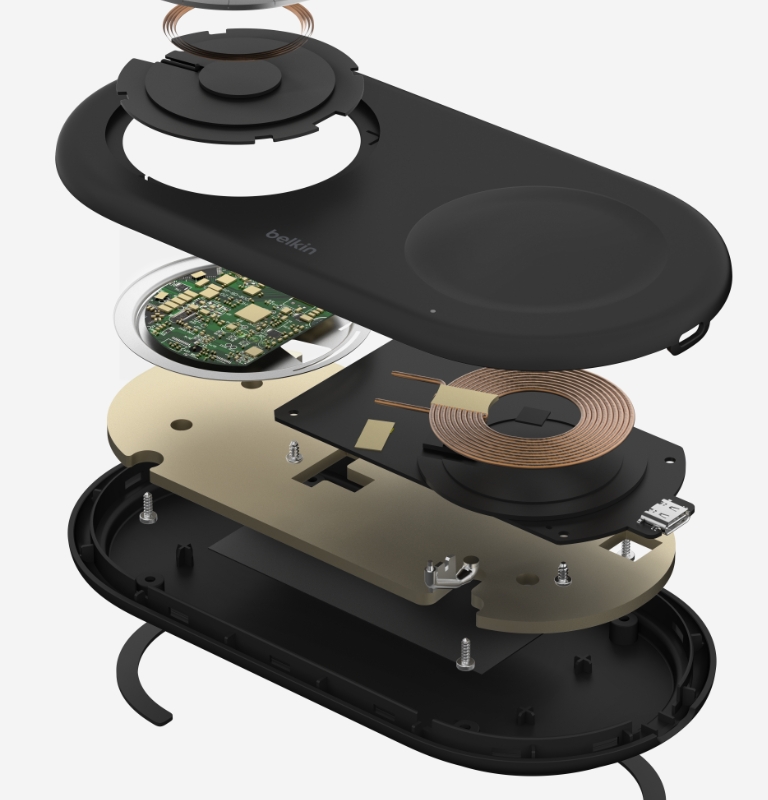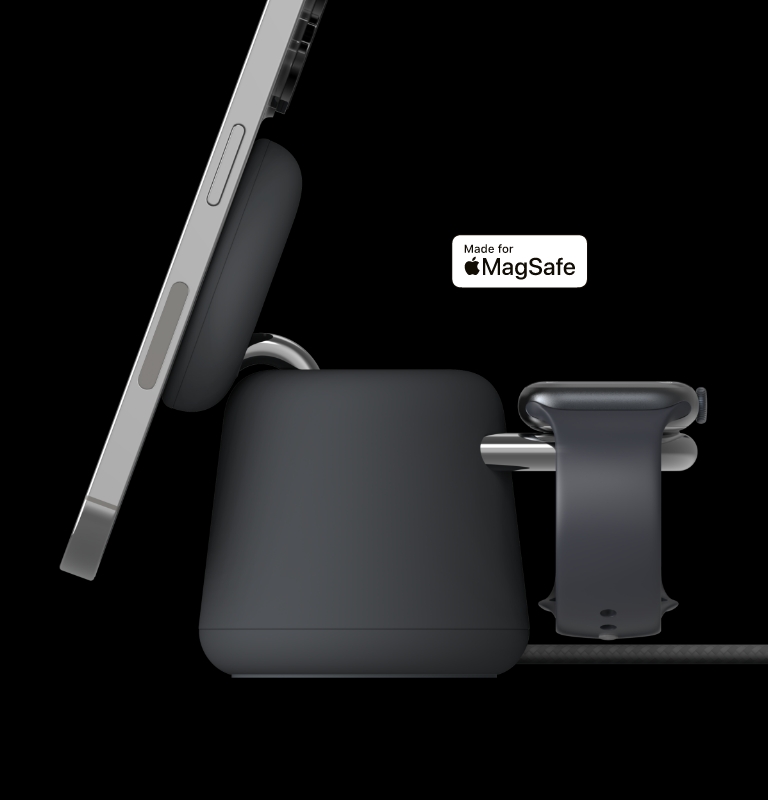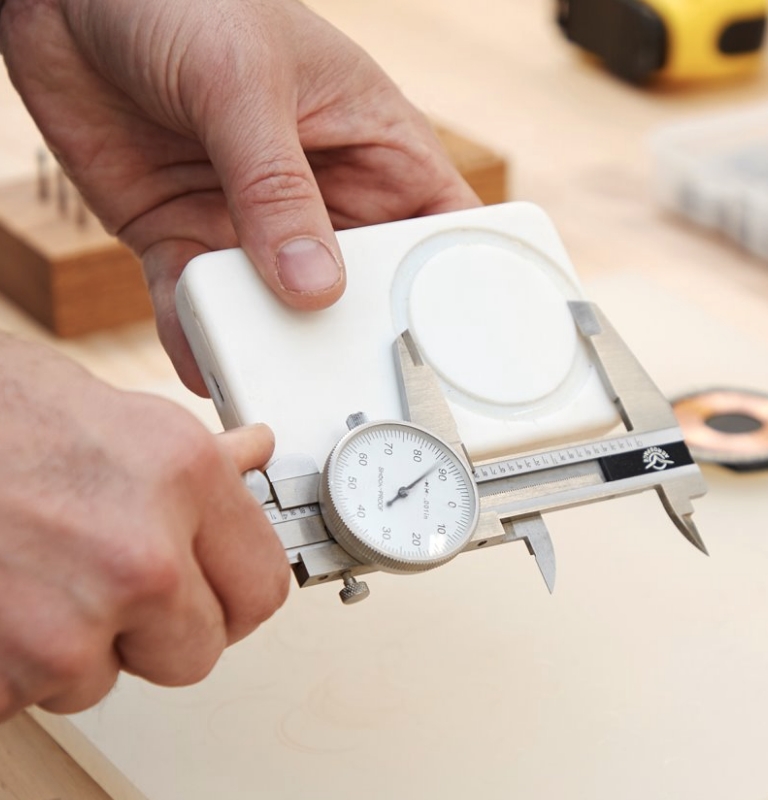Wall Chargers FAQ
USB-C chargers come in a variety of wattages up to 240w so they are generally faster than USB-A chargers which can achieve a maximum of 18w.
A type-C charger charges electronic devices by providing power through a USB-C port. USB-C plugs are smaller, more versatile, and can be plugged in either way compared with conventional USB ports. Type-C chargers are increasingly standard on new devices and are expected to become even more prevalent as more manufacturers adopt the standard. However, it's worth noting that not all Type-C chargers are created equal, and there can be significant differences in their power output, charging speeds, and compatibility with different devices. Choosing a charger specifically designed to work with your device is important to ensure optimal performance and safety.
Yes, if your laptop is capable for USB-C charging, you could use a high power USB-C wall charger (from 45w or higher) to charge your laptop. You can consult your laptop manufacturer for more details.
USB-C chargers come in a variety of wattages up to 240w so they are generally faster than USB-A chargers which can achieve a maximum of 18w.
A USB charger is a device that is used to charge electronic devices by providing power through a USB port.
If your laptop is capable for USB-C charging, you could use a high power USB-C wall charger 45w or higher and if using a USB-C charger higher than 60w you will also need either 100w cable or a 240w cable to achieve the full wattage potential of the charger.
A wall charger is a charging device designed to be plugged directly into an electrical outlet or socket. It typically consists of a small box-shaped power adapter that converts the AC power from the wall into DC power that can be used to charge electronic devices.
Wall chargers are commonly used to charge devices such as smartphones, tablets, laptops, and other portable electronic devices. They are usually designed to work with a charging cable, which plugs into the charger on one end and the device on the other.
Most modern wall chargers are designed to provide fast and efficient charging for devices, with many supporting technologies such as Quick Charge, PPS (Programmable power supply), and USB-C Power Delivery. However, it's important to choose the wattage of your charger based on the recommendation of the manufacturer to achieve optimal performance. Using a charger with a lower than recommended wattage can result in a much slower charge.
USB wall outlets can charge devices faster than traditional USB ports on a computer or a standard wall adapter, provided they have higher amperage ratings. USB wall outlets are designed to deliver more power to devices, and the higher the amperage rating, the faster the device can charge.
For example, a typical USB 2.0 port on a computer can provide up to 500 milliamps (mA) of power, while a USB wall outlet with an amperage rating of 2.4 amps (2400 mA) can charge devices up to 4 times faster. Similarly, a USB wall outlet with an amperage rating of 3 amps (3000 mA) can charge devices even faster.
It's worth noting that the charging speed also depends on the device being charged. Some devices, like smartphones and tablets, are designed to accept higher amperage charging and can charge faster with a USB wall outlet. However, other devices may have built-in charging limits that prevent them from charging any faster, even with a higher amperage USB wall outlet.
















